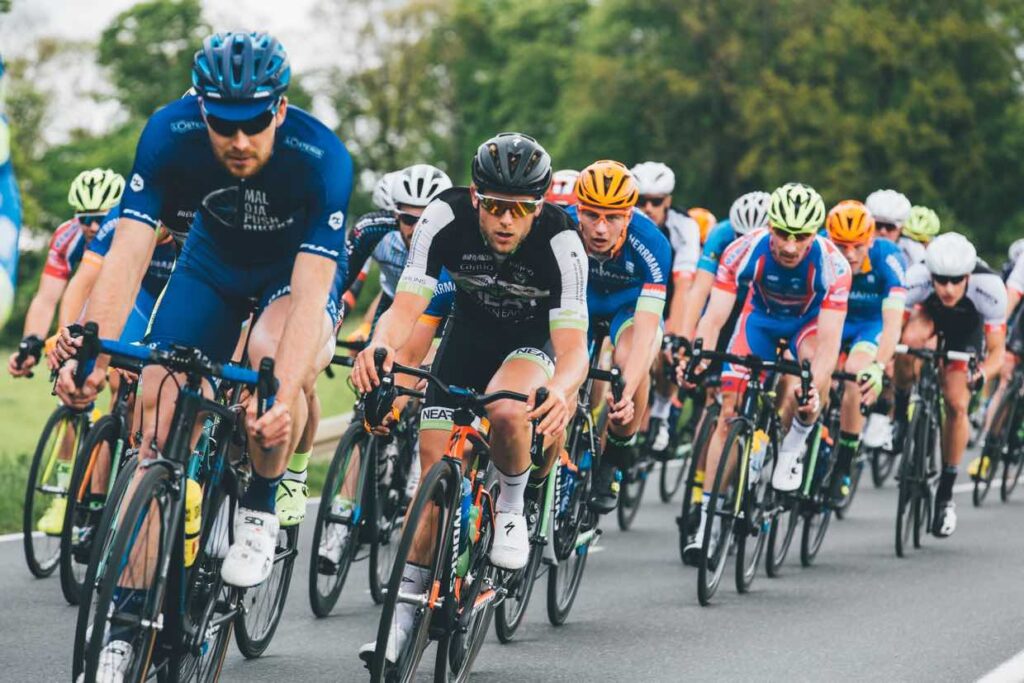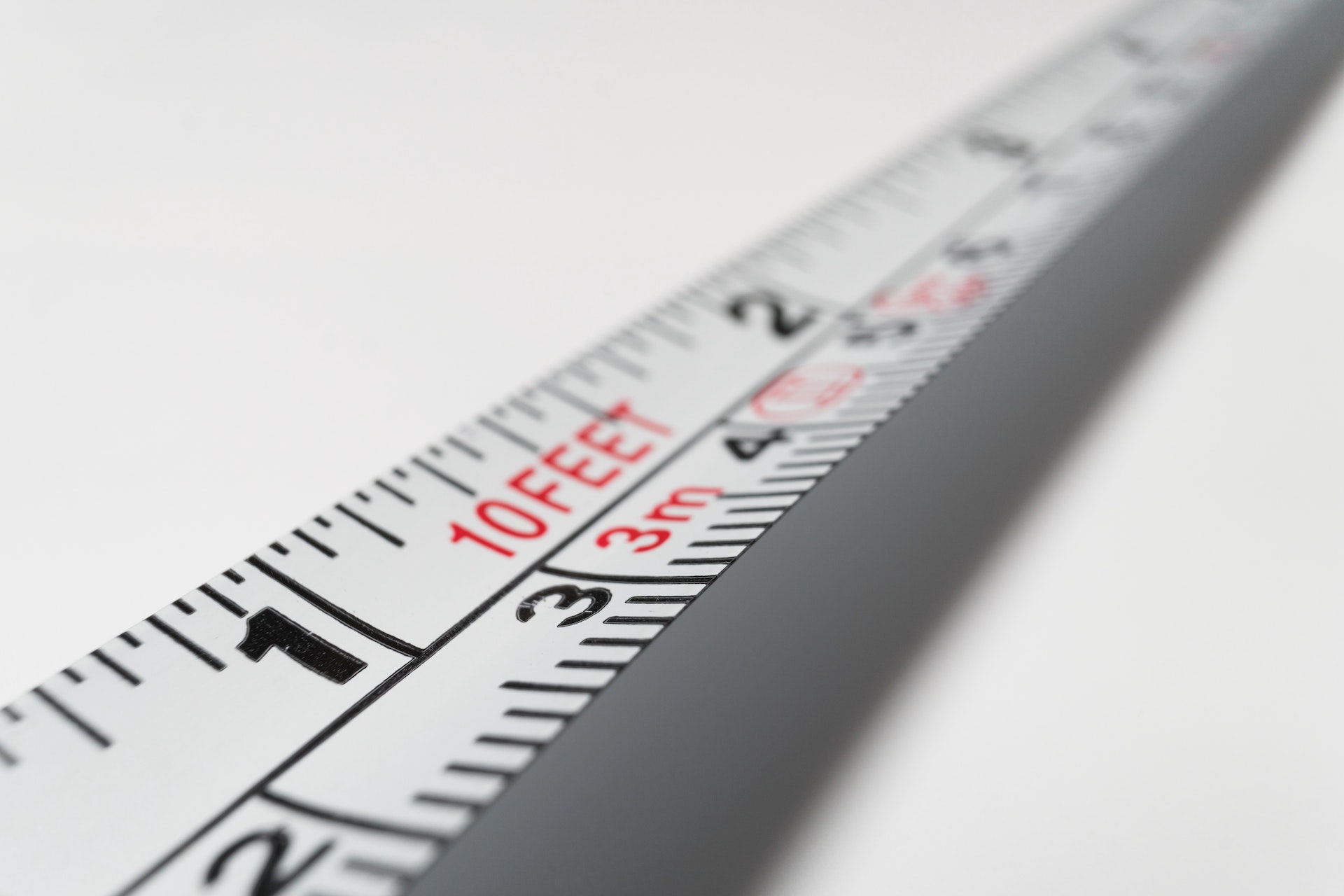Bike fitting, what is it ? Basically it is ensuring that you get the right size frame for you body and inside leg size. The size is important for many reasons and one is economy of motion, get it right and you will get more power each pedal. Get it wrong not only do you loose power you also risk back and knee pain.
You need to gain every advantage you can when cycling to make it as comfortable as possible. There are a few methods of measuring for bike fitting. The first basic measurement is just you height. How much should you spend on a bike?
For precise measurements for bike fitting is just the length of the inside leg.
Size Chart For Road Bikes
| Height (ft/in) | Height (cm) | Suggested Frame Size | (Size) |
|---|---|---|---|
| 4`10”-5`0” | 148-152 cm | 47-48 cm | (XXS) |
| 5`0″-5`3″ | 152-160 cm | 49-50 cm | (XS) |
| 5`3″-5`6″ | 160-168 cm | 51-52-53 cm | (S) |
| 5`6″-5`9″ | 168-175 cm | 54-55 cm | (M) |
| 5`9″-6`0″ | 175-183 cm | 56-57-58 cm | (L) |
| 6`0″-6`3″ | 183-191 cm | 58-59-60 cm | (XL) |
| 6`3″-6`6″ | 191-198 cm | 61-62-63 cm | (XXL) |
Mountain Bike Size Chart
Mountain bikes obviously have a different purpose from road bikes. You are in a much more upright position so the sizing is different. Also the wheel size comes into play as well, you want a bike that is comfortable to control.
When you are off road you want to feel confidant in the handling of the frame you are riding. A correctly fitted size frame will help you achieve this.
| Height (ft/in) | Height (cm) | Leg inseam (inches) | Leg inseam (cm) | Suggested Frame Size (in) | Suggested Wheel Size |
|---|---|---|---|---|---|
| 4’10 – 5’3″ | 147-160cm | 25 – 28″ | 62-70 cm | 13 – 14″ | 26″ |
| 5’4 “- 5’7” | 160 – 170cm | 25 – 30″ | 63 – 76 cm | 15 – 16″ | 26″ |
| 5’5″ – 5’9″ | 165 – 175cm | 26 – 31″ | 66 – 78 cm | 16 – 17″ | 27.5″ |
| 5’9″ – 6’0″ | 175 – 183cm | 27 – 32″ | 68 – 81 cm | 17 – 18″ | 27.5″ |
| 6’0″ – 6’3″ | 183 – 190cm | 28 – 33″ | 71 – 83 cm | 18 – 19″ | 29″ |
| 6’1″ – 6’6″ | 190 – 200cm | 29 – 34″ | 73 – 86 cm | 19″ + | 29″ |

Kids Bike Size Chart
Unfortunately many parents buy a bigger bike than is needed because of budget. The hope that it will last longer, but in fact there will be no enjoyment for the child riding the wrong size bike.
If budget is a concern we would recommend that you look at the second hand cycle market instead. It’s much better to have a correctly fitted frame than what brand of bike you have got.
| Age | Height (Inch) | Height (cm) | Leg Inseam (Inch) | Leg Inseam (cm) | Bike Tire Size |
|---|---|---|---|---|---|
| 2 | 2’9″ – 3’1″ | 85-90cm | 12″ – 14″ | 85 – 90cm | 10″ |
| 3-4 | 3’1″ – 3’3″ | 90-100cm | 14″-17″ | 35-42cm | 12″ |
| 4-5 | 3’3″ – 3’7″ | 100-110cm | 16″-20″ | 40-50cm | 14″ |
| 5-6 | 3’7″ – 3-8″ | 110-115cm | 18″-22″ | 45-50cm | 16″ |
| 6-8 | 3’8″ – 4’0″ | 115-120cm | 20″-24″ | 50-60cm | 18″ |
| 7-9 | 4’0″ – 4’5″ | 120-135cm | 22″-25″ | 55-63cm | 20″ |
| 9-11 | 4’5″ – 4’9″ | 135-145cm | 24″-28″ | 60-72cm | 24″ |
| 11-14 | 5’+ | 145cm + | 28″+ | 72cm+ | 26″ |
Advance Bike Size Calculator
If you want to ensure that you get the perfectly fitted bike then we suggest that you use the calculations below.
- Measure your inside leg . While standing with your legs either together or apart, you need to measure the length of your leg on the inner side.
- Calculate!
- Mountain bikes – x 0.685 = Your frame size (in cm)
- Road bikes – x 0.70 = Your frame size (in cm)
- City bike – X 0.685 = Your frame size (in cm)
So for example if your inside leg measurement is 65cm, and your want a mountain bike x it 0.685. That equals 44.525cm frame, or when converted not inches it is 17.5inch, we would suggest a 18inch frame.
Small Size Adjustments
Once you have the correct size frame bike you can then make minor adjustments to get the perfect bike fitting. The adjustment of the seat post up and down to get the correct distance for the pedals. There is also adjustment on the saddle of moving it backwards or forwards to ensure your knees align over the pedals in a rotation.

Advice On Choices Bike Parts
Wheels
Smaller wheels are easier to control and manoeuvre but are harder to roll/slower. That’s why mid-size wheels are the best overall option (26 to 27.5 inches). 28-29 could be done but is quite big and not needed I would say, and under 26 is only on BMX and is terrible for you. Even 26 is quite hard to find, the standard now and for road bikes, etc. is 27.5 to 29.
Handlebars
Most decent road bikes come with either ‘drops’ handlebars like you see with the pros or some kind of flat/riser handlebar, though some may also have some kind of bullhorn or track handlebar. For good riding and over longer periods of time, you want the riser, flat, or drops, and for speed and uphill, you want the drops or hullhorns. However, if you’re just going short distances and want the most comfort and control, you want either riser handlebars that are curved in slightly or ‘cruiser bars’ which are curved way back for max control/comfort, but are very slow and bad uphill. So, it depends on what you are riding on, for how long, and what you care about most.
Female Cyclists
Road bikes don’t come with cruiser bars, so if you want them, you should buy some kind of Dutch-style woman’s bike instead, though these bikes are really only used on completely flat roads. Another option is to just buy a typical female bike, not a road bike, as this will have most of what you want already, for a nice mixture of the elements. Riser bars may be the best option, and are very common, too. A lady I know is 5’2 or something and 60-years-old and only likes to ride small bikes (15-inch or so) with smaller wheels (26-inches), with mid-sized tyres (1.5-inches) and cruiser-style handlebars, though she does fine with flat/riser, as well. She is okay at riding but is slow and very scared of the cars, etc., so going off that, you should be fine with what you pick, honestly.
Frame Size
The fact is this heavily depends on how much you can adjust the rest of the bike (stem, seatpost, saddle, etc.), how you feel on it (safe vs. unsafe, in essence), how much bike you can control, and how long your legs and arms are relative to your torso. Just get a 13-inch or so female bike, and you will be fine. You can measure your wingspan (fingertip to fingertip) to see if you have a normal 1:1 ratio or if your arms are longer or shorter than they ought to be relative to your overall height. Women, tend to have longer torsos. This may give you better reach across the bike, though. Women tend to have shorter legs, relatively speaking, which is actually better for riding a bike compared to men of equal height (according to a book I read).
Suspension
Make sure the bike is ‘fully rigid’ (no back or front suspension at all). This is best for road, dirt tracks, gravel, etc., and best for maintenance and control. So much cheaper as well, however, unless you do intend to do a lot of mountain biking you are much better off with no suspension.
Brakes
Try to get ‘dual pivot’ brakes if possible as this is the best option for thin tyres such as 1.1-inch (28c), which is best for road riding. Disc brakes are also possible. These brakes are common to almost all decent road bikes.
Tyres
You want slick tread tyres for riding on the road, they might seem like they are ‘slippery’ but they actually have solid grip to the ground material but roll very easily, which makes you go faster for less work. Don’t get the knobbly tyres with big pieces sticking out — that’s for mud/mountain biking. Again, most decent road bikes either have very slight tread or slicks. In terms of the thickness, try 1.1-inch to 1.75-inches. The thicker the tyre, the easier it is to control (better for balance), but it’s harder to use and worse on the road overall. I suggest, therefore, 1.5-inches if possible. Very good, solid road size for you.
Wheel Rims
Just make sure the wheel rims are not ‘deeps’ (large pieces around the edge on the inside, making it more closed). This is not good for balance, control, or wind/weather. You want ‘shallow’ rims, which is between around 5mm and 20mm on the inside. Just don’t buy a bike that says ‘deep rims’ or something as that tends to be 40mm or above and won’t be good for you. It’s just used for racing and saving a bit of watts at high speeds, not good for average riders.(credit)

